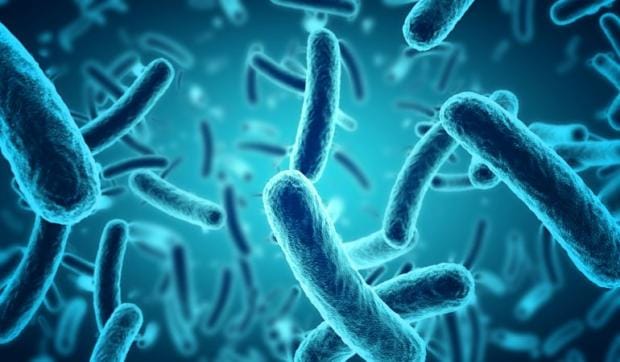
ScienceDaily recently reported on new research led by Shiladitya Banerjee, an Assistant Professor of Physics at Carnegie Mellon University, that reveals how some bacteria can adapt to long-term exposure to antibiotics by changing their shape. Adaptation is a fundamental biological process that drives organisms to better exist in their environments – this same principle is the force that has led many species of bacteria to become increasingly resistant to antibiotic treatment.
Banerjee’s research has focused on the mechanics behind various cellular processes, including how the shape of a cell can have major effects on its reproduction and survival. Through experiments with the model bacteria Caulobacter crescentus, the team of researchers were able to demonstrate changing shape is in fact a feedback strategy that these organisms use to become more adaptive to antibiotics. When these cells were exposed to non-lethal doses of the antibiotic chloramphenicol over several generations, the bacteria responded by dramatically changing their shape to become wider and more curved.
The team found that by taking this curved shape, bacteria were able to lower their surface-to-volume ratio, which would allow fewer antibiotic particles to enter the cells as they grow, and in turn allow them to resume fast growth. “This insight is of great consequence to human health and will likely stimulate numerous further molecular studies into the role of cell shape on bacterial growth and antibiotic resistance,” Banerjee said.


Comentarios recientes